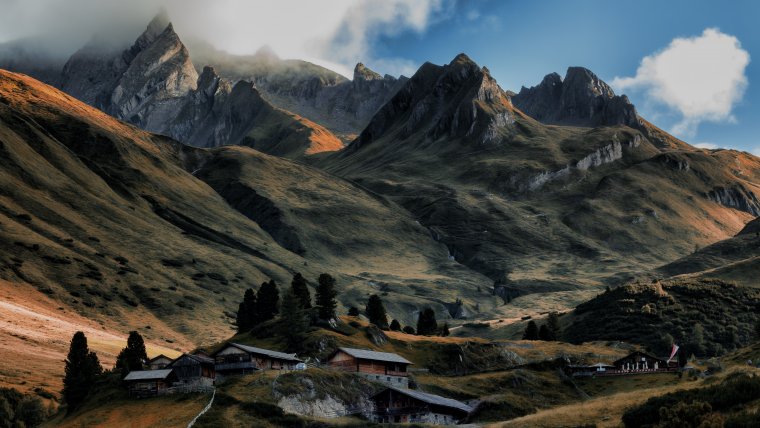
Capturing beautiful and visually pleasing scenery can be one of the most enjoyable moments as a photographer who’s a favorite genre of photography is landscape photography. However, as someone who enjoys doing lifestyle photography, I can almost share the same appreciation and enjoyable moments as well. When it comes to landscape photography, there is so much you can do or capture with what’s in front of you. Mother nature is pretty much your muse and how you’d like to capture her is completely up to you in regards to how you see her with your creative eye. However, there are ways we can improve how we capture our muse which I will share in this article. Some of these simple and easy tips will help to improve how you capture landscapes and should open your creative eye to a different perspective. Let’s dive in.
Table of Contents
One of the first steps in the right direction to improve your landscape photography is to include a point of interest when composing your shot. Usually, you find a lot of photographers capture shots of the horizon or basic scenery shot but there is no actual point of interest to grab your attention within the frame. Your point of interest can be pretty much anything such as a tree or even fence but adding one can help to make your landscape images a lot better.
The aim is to be unique and not your cliche landscape photographer because I assure you someone has probably taken a similar landscape shot as you have. Mother nature is your muse and it is your duty to show a new perspective of her that will help to make her even more interesting and beautiful. Change your perspective and let your creativity speak through your images.
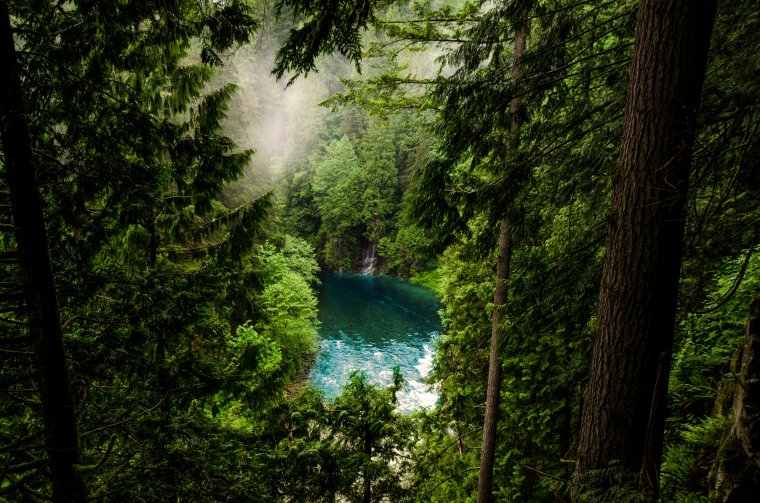
There is beauty in simplicity and as a true minimalist, I had to share this point as well. It’s often given that you don’t clutter your frame with other elements that don’t add value to your shot but you can sometimes push that envelope a little further. Try to eliminate as many distractions as possible to place emphasis on not only the point of interest within your shot but on the scenery itself as well. Distractions in landscape photography can be anything such as telephone wires, lampposts, and other elements as well. Eliminating these things will help to improve your landscape photography drastically.
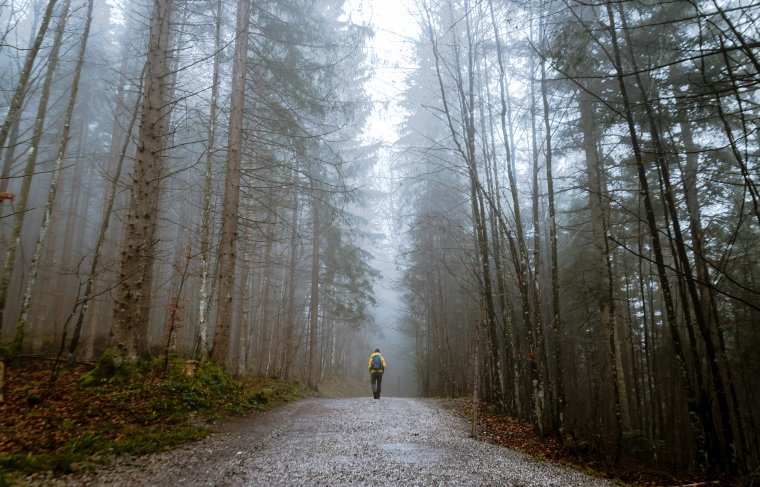
Timing plays an important role in almost every genre of photography that is done outdoors. However, it plays a very significant role when it comes to landscape photography. The timing of your landscape shots can pretty much dictate how a lot of your shots will look. For example, if you were to capture shots at sunrise as opposed to capturing shots at midday then you will see a clear and undeniable different in the mood of your shot. Use time as a tool to get the shots you desire or what will work best for the mood you are trying to evoke through your shots.
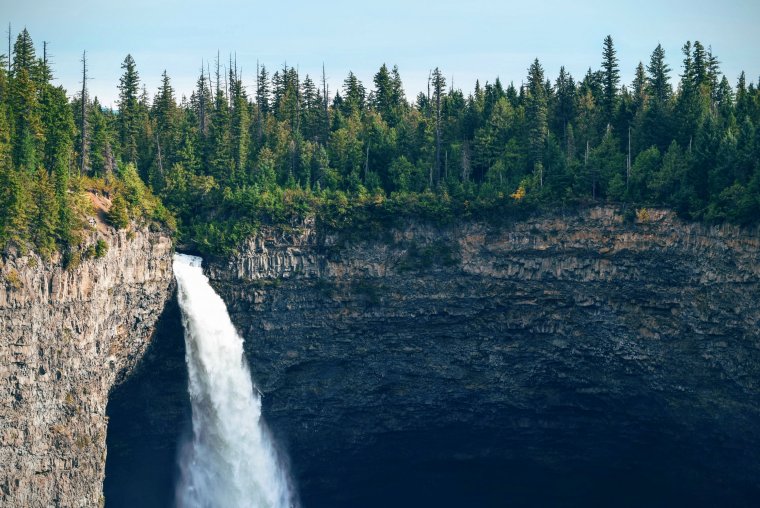
Take some time to clear your mind before you take your camera out and focus on what it is you are looking to get out of the shots you’ll be taking or even the landscape in front of you. Take into careful consideration if you are looking to have so your shot out of focus or have an edge to edge sharpness or how you’d like to compose your frame. Having a clear vision of what you’re looking to achieve will help you achieve that goal even faster. Knowing what you want can help you to produce not only stunning landscape images but some legendary ones as well.
Try to always shoot at a low ISO when capturing landscape shots and compensate for it by adjusting your other settings such as your aperture and your shutter speed. The reason for this is because shooting at a low ISO helps to reduce the amount of grain in your image which can sometimes be annoying. I usually recommend staying between 100-400 when it comes to your ISO value but if you can keep it as low as possible at 100 then that would be perfect and help to improve the quality of your landscape shot as well. A lot of people also like to print landscape shots as they make good images to frame and hang on walls. Shooting at a low ISO will also help to improve image quality for it to be printed as well.
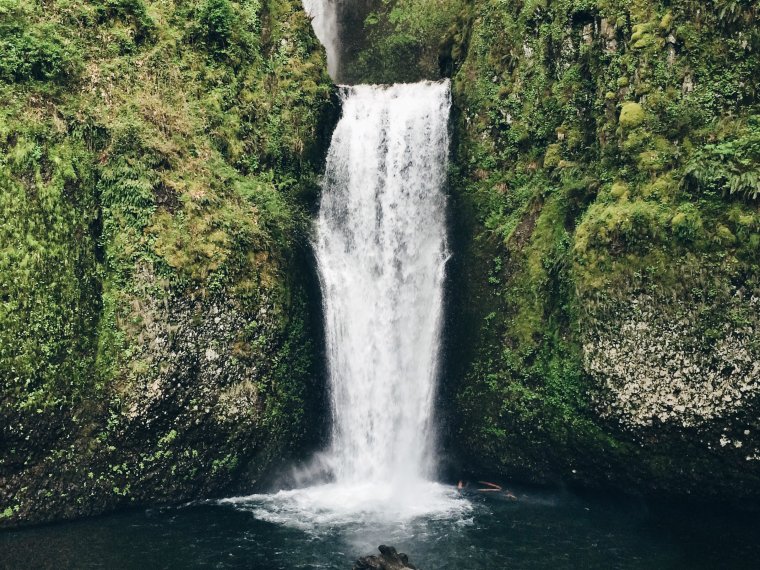
Accessories such as polarizing filter can be very useful when taking landscape shots. If you’ve not already used one or have one, you should look into getting one for the lens you use when doing landscape photography. The polarizing filter essential helps to enhance the color and contrast in your images while reducing glare at the same time. A polarizing filter, when used at the right time, can be very helpful but also keep in mind it’s just for particular settings. If the scene in front of you has a body of water, sky, rich colors and reflections then you will find this filter helpful.
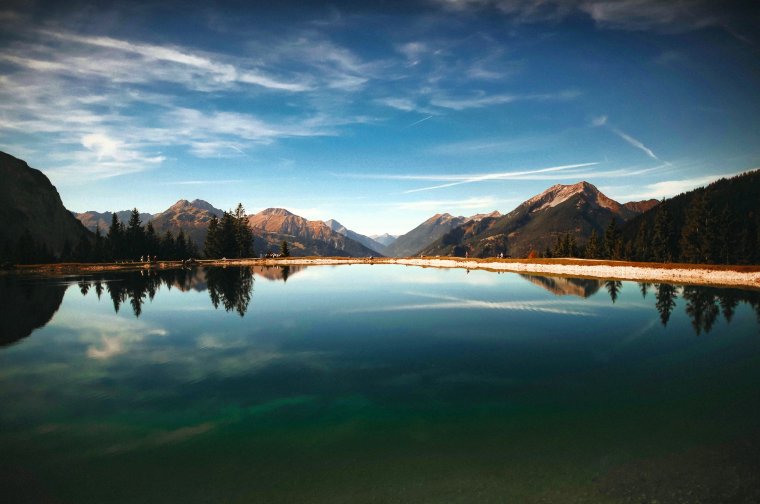
I hope this article has helped to improve some if not all of your landscape shots. I always appreciate you stopping by to give these articles a read and look forward to seeing you again.
Comments (0)
There are no comments yet.